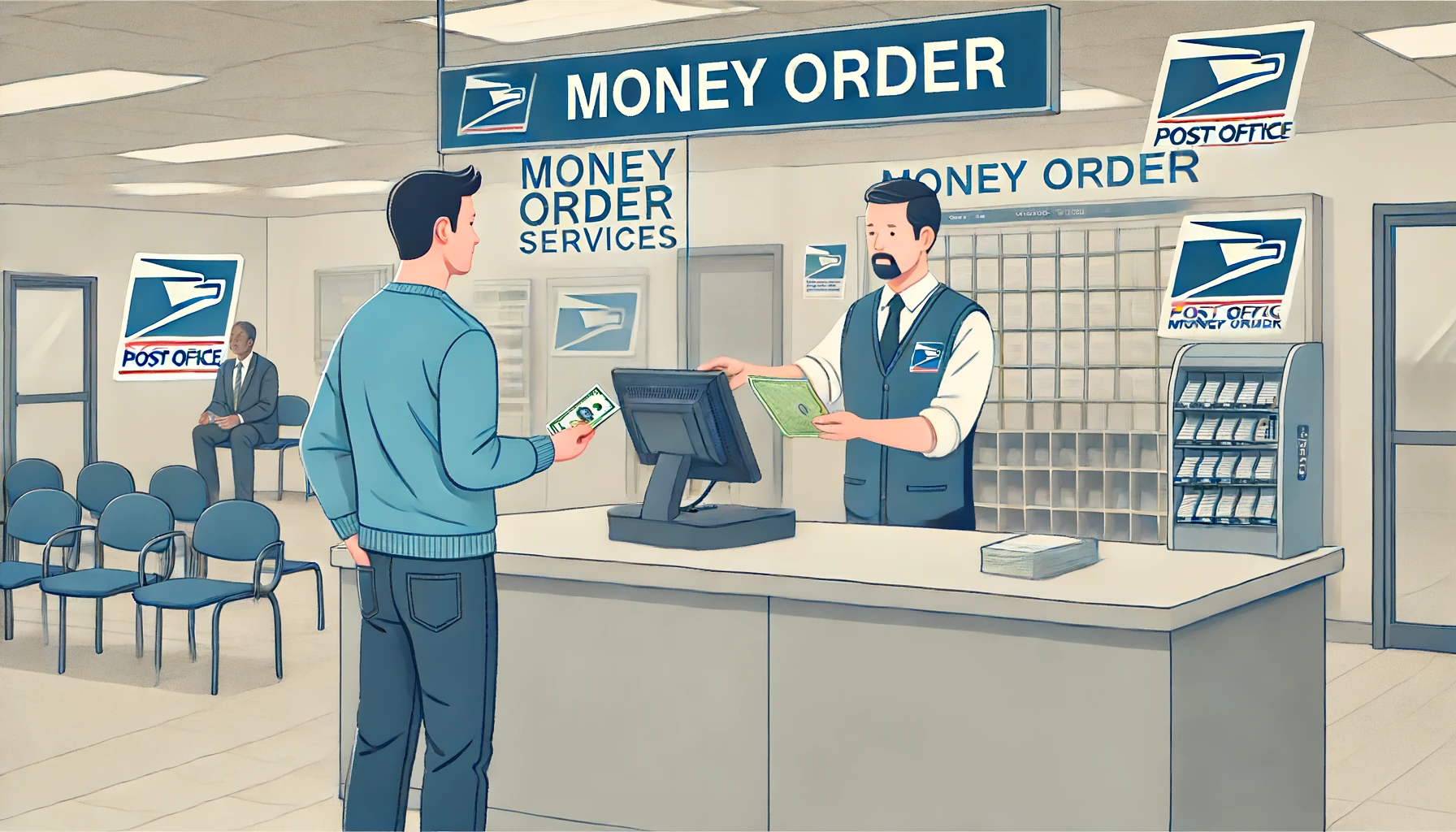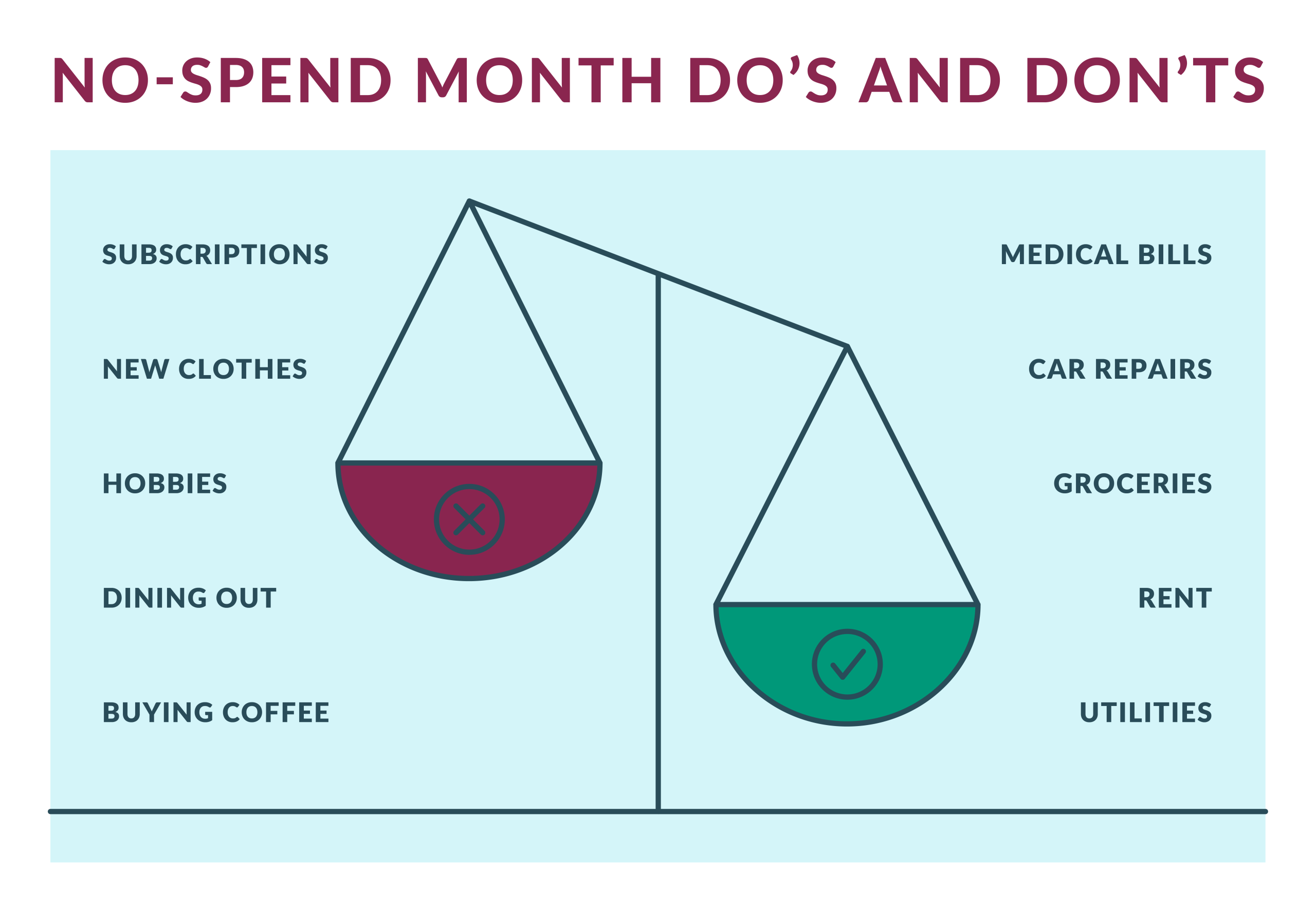Anúncios
Money orders are a secure and widely accepted form of payment, especially useful when you need to send money without using cash, checks, or electronic transfers.
They provide a reliable way to pay bills, send gifts, or make purchases. Understanding how money orders work can help you use them effectively and avoid common pitfalls. Let’s dive into the details.
What is a Money Order?
A money order is a prepaid payment instrument that works like a check. It allows the payee to receive a specific amount of money, guaranteed by the issuer, without needing a bank account. Unlike personal checks, money orders do not bounce because they are prepaid, making them a secure option for sending payments.
How to Obtain a Money Order
Getting a money order is straightforward. Here are the steps:
- Choose a Location: Money orders can be purchased at post offices, banks, credit unions, grocery stores, and retail stores like Walmart and CVS.
- Fill Out the Form: Provide the amount of money you want the order for, plus a small fee for the service.
- Pay for the Money Order: You can pay using cash, a debit card, or funds from your bank account.
- Receive the Money Order: Once the transaction is complete, you’ll receive the money order along with a receipt.
Fees Associated with Purchasing Money Orders
The cost of a money order varies depending on the location. For instance, the United States Postal Service charges around $1.45 for amounts up to $500 and $1.95 for amounts between $500 and $1,000. Banks and retail stores may have different fee structures, often ranging from $1 to $5.
How to Fill Out a Money Order
Properly filling out a money order is crucial to ensure it can be cashed without issues. Follow these steps:
- Write the Recipient’s Name: This is the person or business that will receive the money. Ensure the name is spelled correctly.
- Fill in Your Information: Some money orders require the purchaser’s address. Provide your full address to avoid any confusion.
- Sign the Money Order: Your signature is necessary to validate the money order.
- Keep the Receipt: The receipt includes the money order’s tracking number, which you’ll need if the money order is lost or stolen.
How to Send and Receive a Money Order
Sending a money order is easy. Here’s how:
Sending a Money Order
- Mailing the Money Order: Place the filled-out money order in an envelope and mail it to the recipient. For added security, consider using certified mail or a delivery service with tracking.
- Hand-Delivering: If you’re delivering it in person, ensure the recipient signs for it to confirm receipt.
Receiving a Money Order
When you receive a money order:
- Check for Completeness: Ensure all fields are filled out correctly and the amount is accurate.
- Keep the Receipt: Just like when sending, keep the receipt in case any issues arise.
Cashing a Money Order
Cashing a money order is similar to cashing a check. You can cash it at the following locations:
- Banks and Credit Unions: Most financial institutions will cash money orders, often for a fee if you do not have an account with them.
- Retail Locations: Stores like Walmart offer money order cashing services.
- Post Offices: You can cash postal money orders at any USPS location.
Requirements for Cashing a Money Order
To cash a money order, you’ll need:
- Identification: A valid photo ID (driver’s license, passport, etc.).
- Endorsement: Sign the back of the money order in the designated area.
Possible Fees for Cashing a Money Order
Fees for cashing money orders vary. Banks may charge a small fee, especially if you are not an account holder. Retail stores might charge a nominal fee, typically around $1 to $5.
Pros and Cons of Using Money Orders
Advantages
- Security: Money orders are prepaid and therefore cannot bounce, providing a secure payment method. For more information on safe banking practices, visit the FDIC website.
- Anonymity: They do not require a bank account and can be used for private transactions.
- Widespread Acceptance: They are widely accepted by businesses and individuals.
Disadvantages
- Fees: Purchasing and cashing money orders often involve fees.
- Inconvenience: They are less convenient for large amounts due to purchase limits (typically $1,000 per money order).
Alternatives to Money Orders
Consider these alternatives when a money order isn’t the best fit:
- Certified Checks: Similar to money orders but drawn directly from your bank account.
- Electronic Transfers: Services like PayPal, Venmo, or bank wire transfers are fast and convenient.
- Cashier’s Checks: Issued by banks for larger amounts, offering security similar to money orders.
Frequently Asked Questions about Money Orders
What happens if a money order is lost or stolen?
If a money order is lost or stolen, contact the issuer immediately with your receipt. They can trace and potentially replace the money order, often for a fee.
Can I cancel a money order?
Yes, you can cancel a money order if it has not been cashed. You will need the receipt and may have to pay a cancellation fee.
How long do money orders last?
Money orders do not expire, but it’s best to cash them promptly. Some issuers may charge a fee if they remain uncashed for an extended period.






